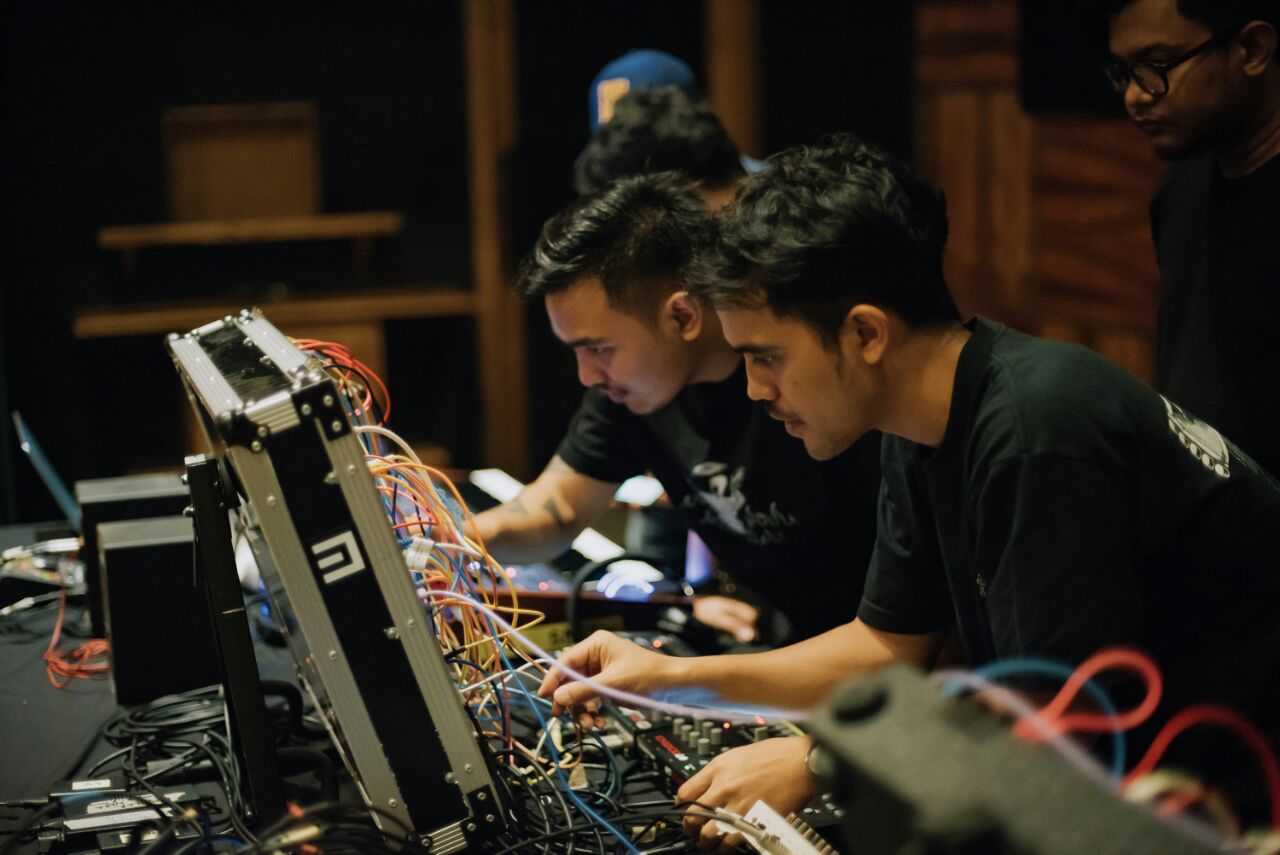Collaboration between Musicians and Brands has been around for quiet a while. Brands aim music personalities for their audience. Millions of people are watching music videos. By collaborating with musicians, brands are able to advertise for a lifetime, as their products are shown in that music video, but there are actually variations in how they work.
Product Placement
This form of collaboration is the most common and you can frequently find product placement on your favorite music video. As the name implies, product placement is the practice when brands literally shows their product in a music video.
Here's some examples:
1. Beats Pill (Nicki Minaj - Anaconda)
2. CÎROC Summer Colada and Luc Belaire Luxe (DJ Khaled - I'm The One ft. Justin Bieber, Quavo, Chance the Rapper, Lil Wayne)
Sometimes product placement is not low-key. Take a look at number 3, it's the one that you can't unsee.
3. Samsung Galaxy Note 5 (Ariana Grande - Focus)
Advertisements Featuring Musicians
You've seen brands in music videos, you might also encounter advertisements with musicians on it. They are simply personalities that attract the audience.
Have you seen Drake on Sprite's Ad?
1. Sprite: The Spark Commercial
or Michael Jackson on Pepsi Ad?
2. Pepsi: Pepsi Generation
Branded Music
This form of Collaboration is probably the coolest one. Branded Music is a feature length thematic music for one brand, without selling out through the audio, but through the music video only. Watch these examples!
1. Avicii vs. Conrad Sewell - Taste The Feeling (For Coca Cola)
2. Zedd, Aloe Blacc - Candyman
Which one is your favorite?















